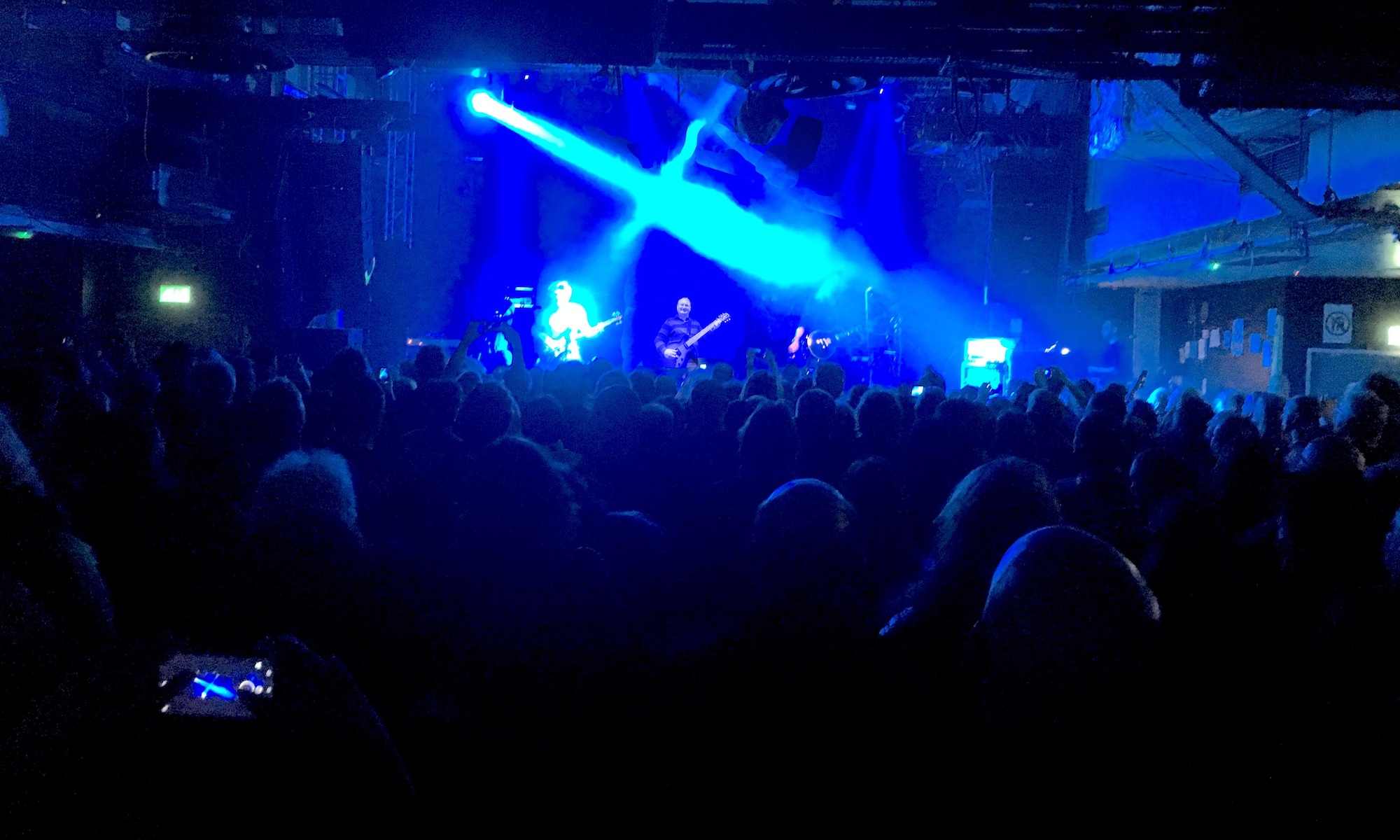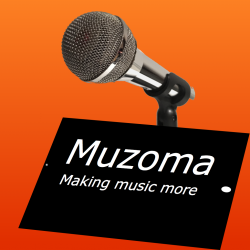It all began with the EatAlls!
The inspiration for Muzoma
Matt Hopkins
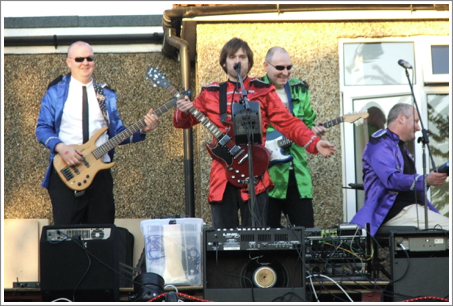
Love them or hate them, much of the DNA of modern pop music can be traced back to the Beatles and the roots of the Muzoma app point that way too…
In 2011, a good friend and former band member was turning 40 and he wanted to put on a show. Russ is a massive Beatles fan and for me as a keen sound guy, he asked how feasible it would be to re-create the vibe of the 1969 concert that the Beatles performed on the roof-top of 3 Savile row. However, ours would be at a private party on the extension roof round his dad’s house in Bexleyheath – a suburb of South East England!
Fortunately, he came up with the idea at my birthday drinks, six months before his own birthday so we had time to rehearse and plan the show. True to the Spinal Tap movie any plans for a drummer seemed to end in a puff of smoke, so we decided that Ringo would become Roland and that led to research into drum machines, and backing tracks. With Russ being a chef, we settled on a tribute act name of The EatAlls.
Doing a gig on a roof presented a number of challenges, not least the only method of getting ourselves and the equipment up there was by ladder, and both myself and the rhythm guitarist suffer from vertigo, sadly the bedroom window was far to small to climb through, but there was no escape, Russ had sent the invites out.
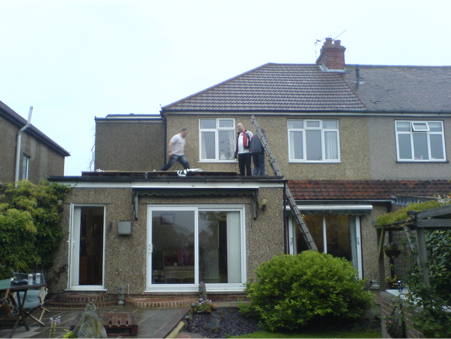
Gear wise, we could fit our combo amps and monitor speakers up there, but the height difference and lack of space meant that our sound had to be mixed and PA’d from the ground where the audience were. I was playing keys, and to cap it all, i’m really bad at remembering chord structures, so I needed some way of recalling those.
Our requirements ended up being:
- Remote control of a set of multi-channel backing tracks which would have drums, sound effects and some backing vocals on them with a separate click track for us to hear on the roof, but the click not to be heard by the audience on the ground.
- Some chord and lyric cues to remind me of the song chords.
- A way to get the live guitar, keyboard and vocal sources down to the sound guy alongside a multi-channel feed of our backing tracks so that he could mix our sound out to the PA system on the ground level with the audience.
At the time, we tried to find a one stop solution for our requirements. All the digital audio workstations of the time were geared up for recording audio rather than performance – they still are. It’s very difficult to switch songs and there is no real concept of a “set” of songs in pretty much all DAWs. The exception is probably Ableton Live – which was available, but very much geared towards loops rather than sets of backing tracks. There is still nothing DAW wise as far as I know that supports writing lyrics and chord charts. We needed something multi-channel, something we could switch songs quickly, with separate click track and chord cues for me.
In the end we settled on Cubase as the DAW which I ran in the bedroom next to the roof out to a video monitor on a stand. I pre-canned the lyrics and chords in power-point, and then created videos for each song using Camtasia to “film” the Powerpoints which I then ran in Cubase as a video track – Karaoke style – Yes it works! The audio was handled by an 16 channel RME PCI card, which we ran feeds from the roof top instruments into on monitor and fed the backing tracks to some converters for our roof monitors.
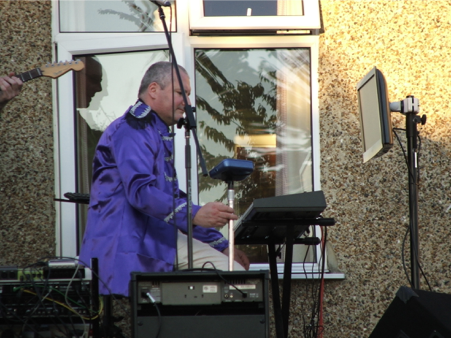
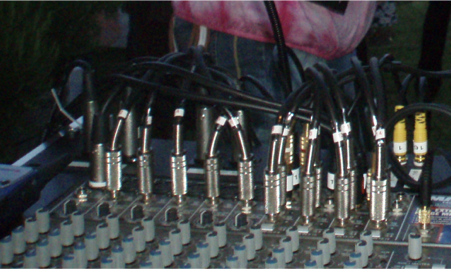
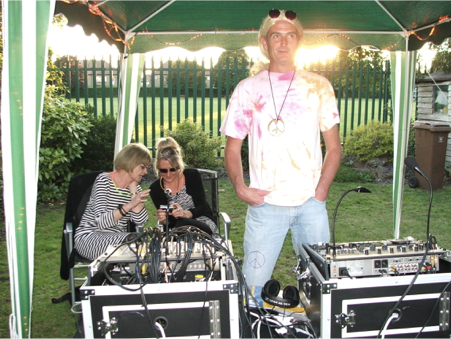
The show took a little longer than expected to set-up, but the sun shined down on us in the end. It was a great day and we put on the show without any problems.
After the gig, i really wanted to design an actual product, something to make the whole situation of getting tracks from the DAW into the live environment, and something for reminding musicians what the lyrics and chords are.
In 2011, I started prototyping Muzoma. Initially it was a combination of hardware and software. A hardware unit that could send and receive midi and sync backing tracks and lyric and chord cues from it’s on-board SD card out to external web browsers via it’s network port.
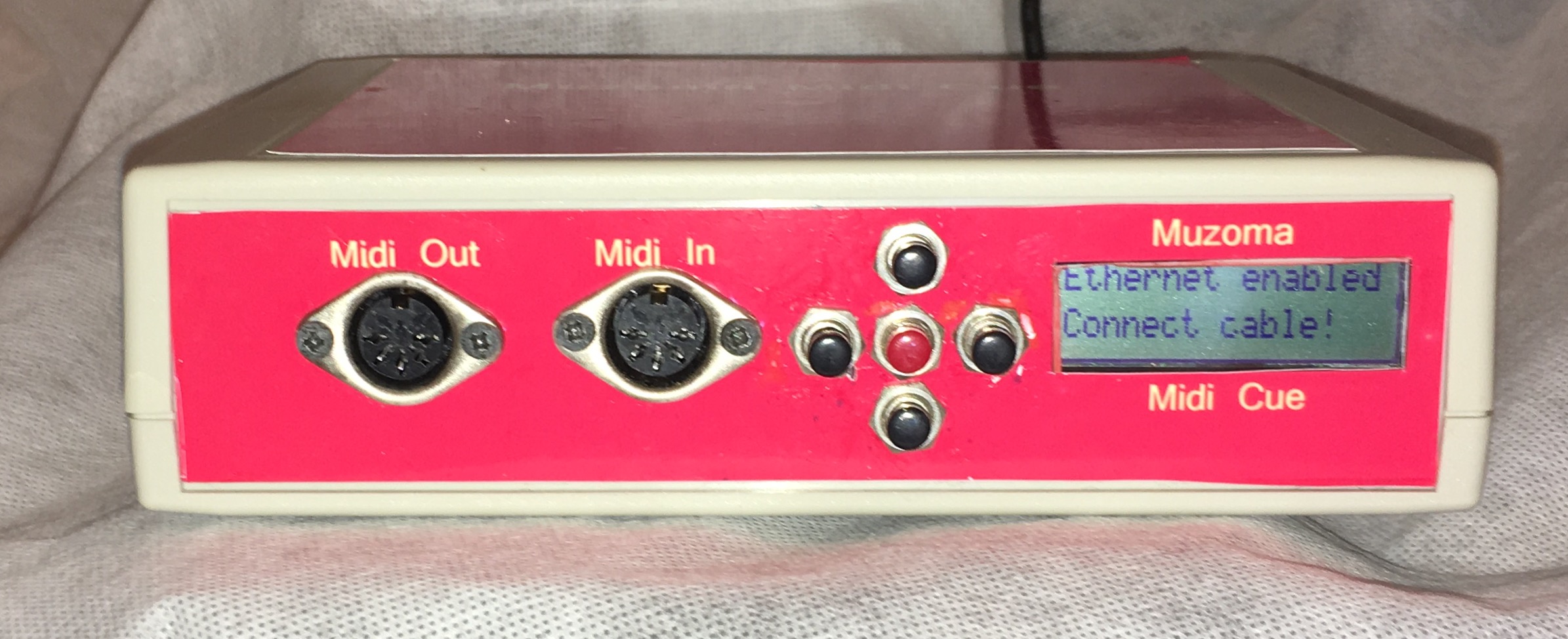
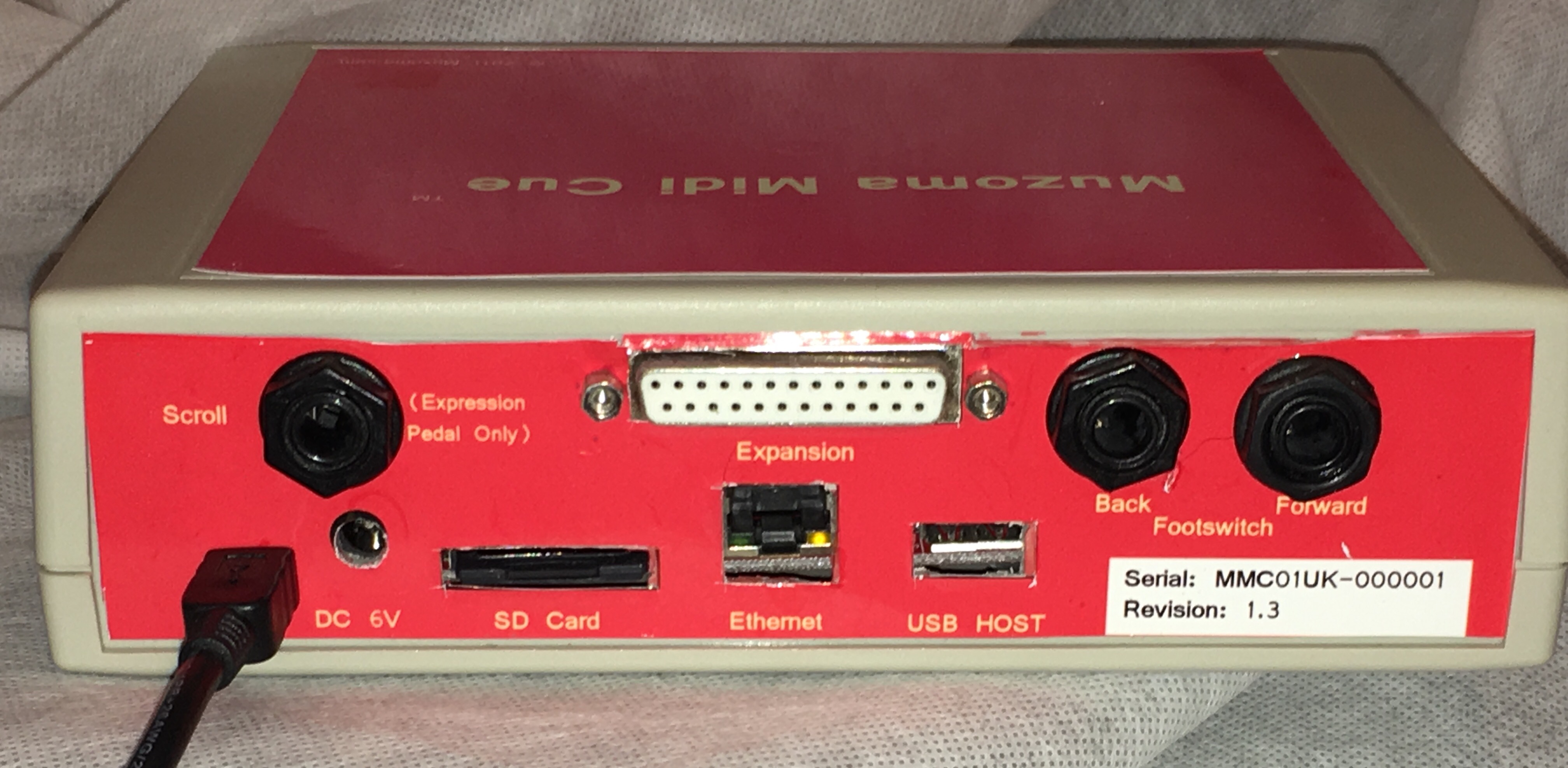
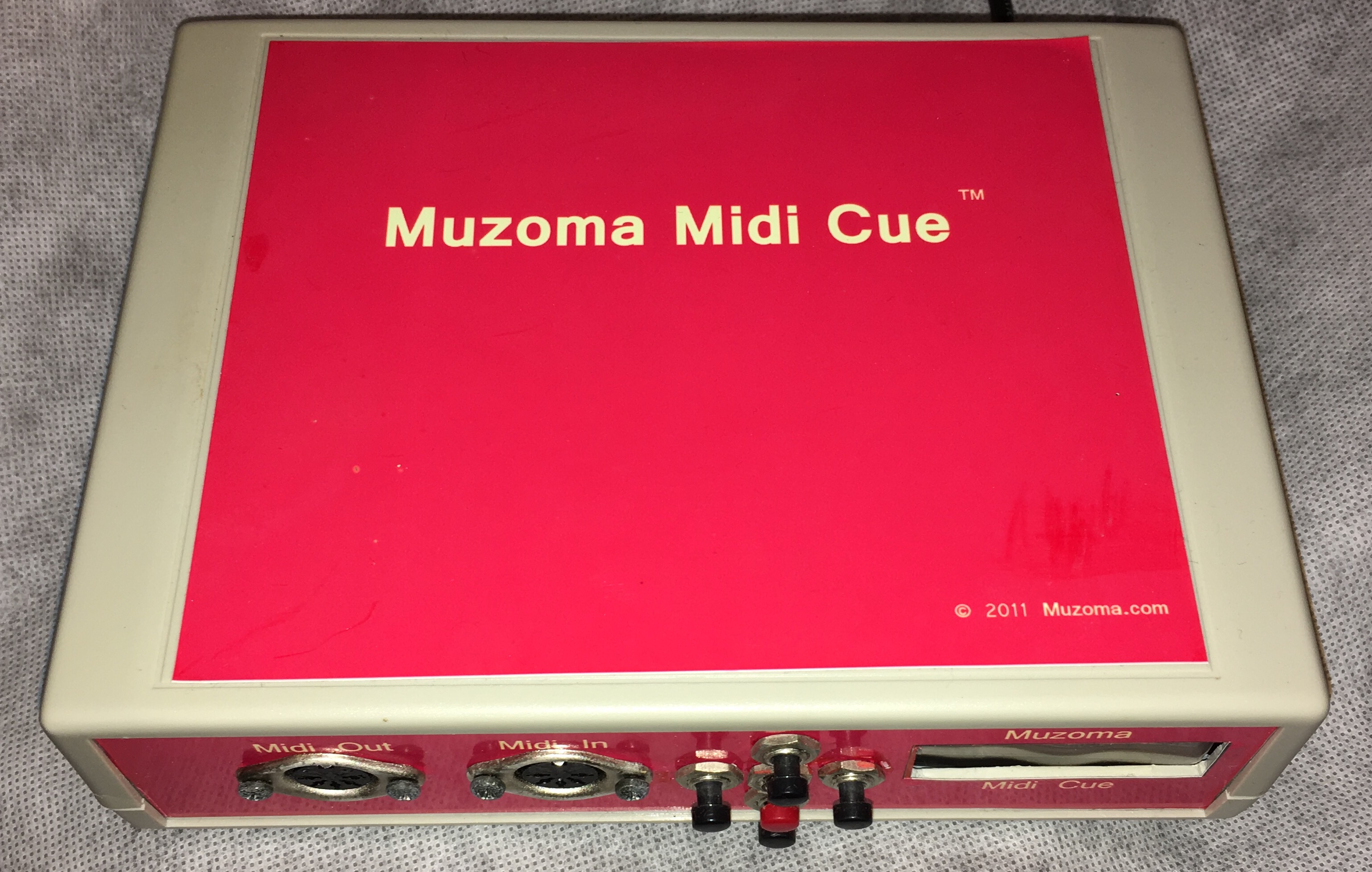
The hardware was based around an ARM RISC based CPU however resources such as memory and I/O handles were limited and although the prototype worked, it didn’t make economic sense to put it into production.
Around that time, the iPad had just come out, and I thought one day i bet this will all be possible using just the iPad!
That thought stuck with me, and was the ultimate inspiration for the Muzoma app.
As iOS has matured, Apple added support for core audio, midi, with the camera connection kit USB adapter and more recently simplified development with the Swift language which is compiled making it very fast unlike Java on Android. The devices have received incremental memory and CPU updates and now the iPhone SE is even more powerful than the PC i used back then. It’s such a well thought out platform for creating musical applications.
Once the platform matured, I decided to have a go at writing an app that would satisfy our earlier requirements. Muzoma is the result of many weeks of development and I am proud to say that everything we did technically in 2011 can now be done in something as small and omni present as an iPhone. I hope our app will provide the inspiration and utility for other artists to deliver their productions the way they dream them to be.
